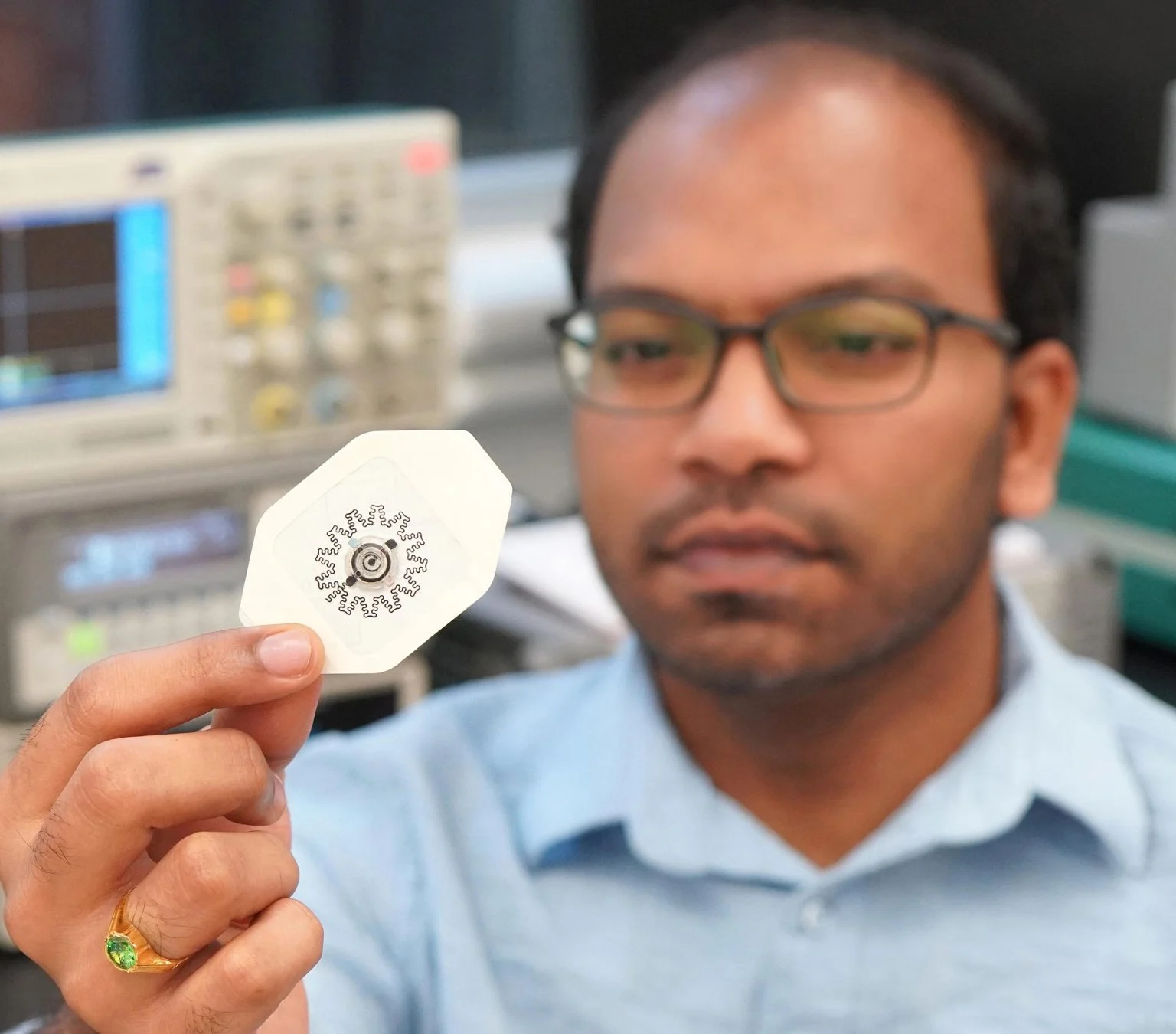Researchers from North Carolina State University and Columbia University have developed an inexpensive, water-powered bandage that accelerates the healing of chronic wounds using an electric field. This innovative dressing, which was tested in diabetic mice, showed a 30% faster healing rate compared to conventional bandages. The researchers published their findings in Science Advances.
“Our goal here was to develop a far less expensive technology that accelerates healing in patients with chronic wounds,” Amay Bandodkar, a co-corresponding author of the work and an assistant professor of electrical and computer engineering at North Carolina State University, said in a recent statement. “We also wanted to make sure that the technology is easy enough for people to use at home, rather than something that patients can only receive in clinical settings.”
Chronic Wounds Call for Boost
These bandages can be especially useful for individuals who suffer from chronic wounds or wounds that rarely stop bleeding or close. These wounds affect around 2.5% of the U.S. population and are often correlated with diabetes and obesity. Chronic wounds can make an individual more susceptible to other diseases and increase a person’s risk of amputation or even death. Because around 11.6% of the U.S. population has diabetes, experts are concerned that the rates of chronic wounds could be on the rise, especially since the treatments for this issue are expensive.
“Diabetic foot ulceration is a serious problem that can lead to lower extremity amputations,” Aristidis Veves, a co-author of the study and professor of surgery at Beth Israel Deaconess Center explained in a recent statement. “There is urgent need for new therapeutic approaches, as the last one that was approved by the Food and Drug Administration was developed more than 25 years ago. My team is very lucky to participate in this project that investigates innovative and efficient new techniques that have the potential to revolutionize the management of diabetic foot ulcers.”
Electric Band-Aids
However, the newly developed bandage, called the water-powered, electronics-free dressing (WPED), could change wound care with its simplicity and affordability.
The WPED is designed for easy home use. It has electrodes on one side and a biocompatible battery on the other. A simple drop of water powers the small, biocompatible battery. Once activated, the bandage generates an electric field as the electrodes come in contact with the wound, which promotes faster wound closure, blood vessel formation, and reduced inflammation.
“That electric field is critical, because it’s well established that electric fields accelerate healing in chronic wounds,” Rajaram Kaveti, co-first author of the study and a post-doctoral researcher at NC State, said in a statement.
The bandage is designed so that the electrodes are flexible, allowing the dressing to wrap around a variety of surfaces, making it easier to apply to a range of wounds.
“This ability to conform is critical, because we want the electric field to be directed from the periphery of the wound toward the wound’s center,” says Kaveti. “In order to focus the electric field effectively, you want electrodes to be in contact with the patient at both the periphery and center of the wound itself. And since these wounds can be asymmetrical and deep, you need to have electrodes that can conform to a wide variety of surface features.”
Initial Successes
To demonstrate their new bandage, the researchers tested it on diabetic mice and found that the electric field promoted new blood vessel formation, which is helpful for wound healing. They found that the mice treated with WPED healed 30% faster than mice without the bandage.
Because of the bandage’s flexibility and its boost in wound healing, the researchers believe patients can minimize other invasive treatments and progress in recovery.
“This project is part of a bigger DARPA project to accelerate wound healing with personalized wound dressings,” Sam Sia, co-corresponding author of the work and professor of biomedical engineering at Columbia University, said in a statement. “This collaborative project shows that these lightweight bandages, which can provide electrical stimulation simply by adding water, healed wounds faster than the control, at a similar rate as bulkier and more expensive wound treatment.”
Kenna Hughes-Castleberry is the Science Communicator at JILA (a world-leading physics research institute) and a science writer at The Debrief. Follow and connect with her on X or contact her via email at kenna@thedebrief.org

